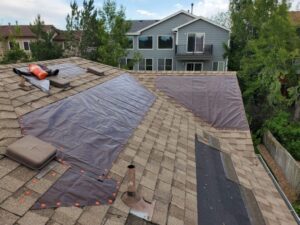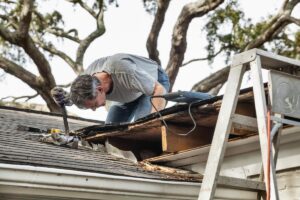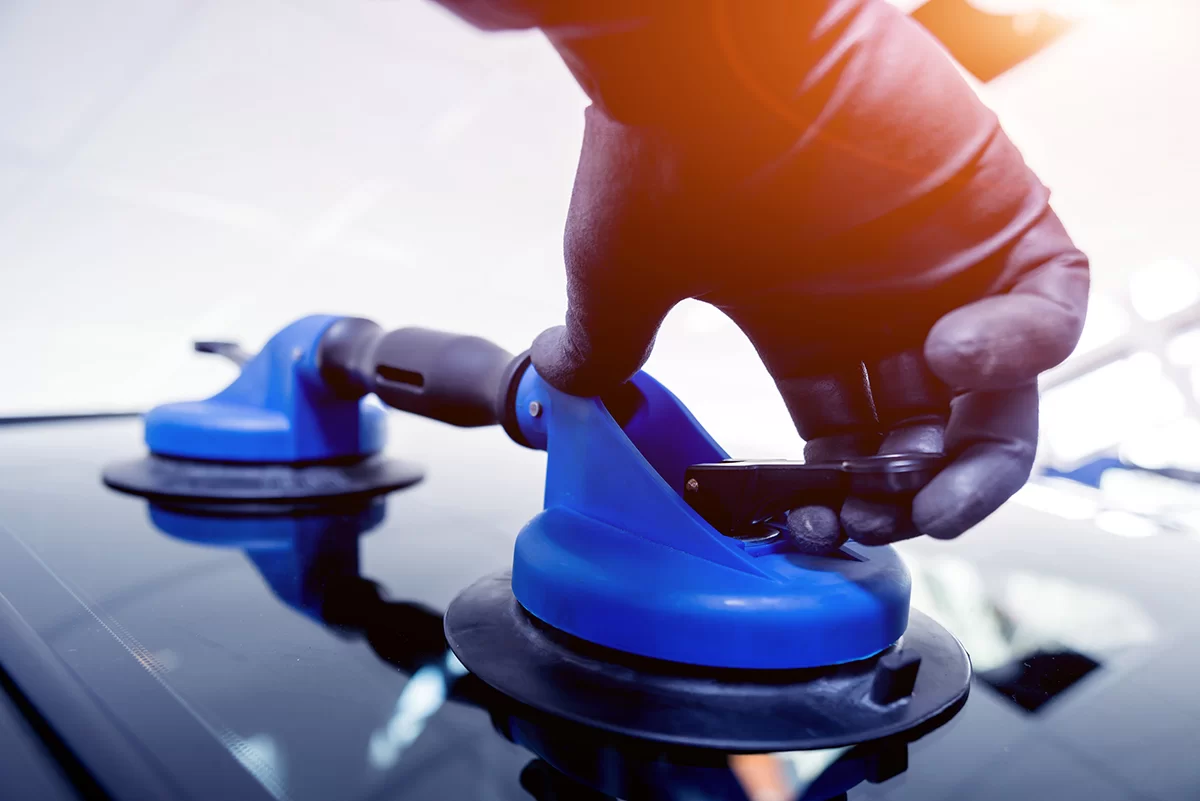Top Signs You Need Roof Leak Damage Repair: What to Look For
A well-maintained roof is essential for protecting your home from the elements. However, over time, wear and tear can lead to leaks that, if left unattended, can cause significant damage. Identifying the early signs of roof leaks can save you from expensive repairs and structural issues. Understanding what to look for ensures you can address problems before they escalate.
Water Stains on Ceilings and Walls
 One of the most common indicators of a roof leak is water stains appearing on ceilings or walls. These stains often look like brown or yellowish patches, spreading over time if the leak is not fixed. The location of the stain may not always correspond to the exact spot of the leak since water can travel along beams and surfaces before it becomes visible. If you notice discoloration, it is essential to investigate the source immediately.
One of the most common indicators of a roof leak is water stains appearing on ceilings or walls. These stains often look like brown or yellowish patches, spreading over time if the leak is not fixed. The location of the stain may not always correspond to the exact spot of the leak since water can travel along beams and surfaces before it becomes visible. If you notice discoloration, it is essential to investigate the source immediately.
Dripping Water or Moisture in the Attic
A roof leak often becomes evident in the attic before signs appear in the living areas of your home. If you notice damp insulation, puddles of water, or even dripping moisture, your roof may have a problem. Checking the attic after a heavy rainstorm can help you determine whether water is making its way through your roof. The longer moisture sits in the attic, the more likely it is to contribute to mold growth and structural damage.
Missing or Damaged Shingles
The outermost layer of your roof, made up of shingles, is your first line of defense against rain and moisture. Over time, shingles can become loose, curl up, or go missing due to wind, storms, or general aging. If you see patches where shingles are missing or damaged, there is an increased chance of water seeping into your home. Regular inspections from the ground or a professional assessment can help you identify these vulnerabilities early.
Granules in the Gutter
Asphalt shingles are coated with small granules that protect them from sun damage and wear. Over time, these granules can shed and accumulate in gutters or downspouts. While some granule loss is normal, excessive amounts indicate that the shingles are deteriorating. If shingles lose their protective layer, they become more prone to leaks. Checking gutters for an unusual buildup of granules can be a helpful way to assess the condition of your roof.
Mold or Mildew Growth
The presence of mold or mildew inside your home, especially near ceilings or in corners, can be a sign of a slow roof leak. Moisture provides the perfect environment for mold to thrive, and prolonged exposure can cause health issues for residents. If mold appears along with a musty smell, it is important to inspect the roof and attic for potential leaks. Addressing the issue quickly prevents further damage and protects indoor air quality.
Sagging Roof Sections
A roof that appears uneven or has sections that sag could indicate water has been pooling for an extended period. Water damage can weaken the structure of the roof, making it more susceptible to collapse. Sagging areas should be inspected by a professional as soon as possible, as this is often a sign of severe damage that requires immediate roof leak damage repair.
Higher Energy Bills
 An unexpected increase in heating or cooling costs could be linked to roof damage. When leaks allow moisture to enter insulation materials, they become less effective at regulating indoor temperatures. This forces heating and cooling systems to work harder, leading to increased energy consumption. If your utility bills are rising without explanation, it is worth checking for possible roof issues that may be affecting your home’s efficiency.
An unexpected increase in heating or cooling costs could be linked to roof damage. When leaks allow moisture to enter insulation materials, they become less effective at regulating indoor temperatures. This forces heating and cooling systems to work harder, leading to increased energy consumption. If your utility bills are rising without explanation, it is worth checking for possible roof issues that may be affecting your home’s efficiency.
Peeling Paint or Wallpaper
Moisture from a roof leak does not always stay confined to the attic or ceilings. Over time, it can trickle down walls, causing paint to peel or wallpaper to bubble. These changes in wall appearance often go unnoticed at first but should not be ignored. If moisture damage is evident indoors, the roof could be the underlying cause. Repairing the source of the leak is crucial before attempting to fix interior wall damage.
Light Coming Through the Roof
A simple way to check for roof leaks is to inspect your attic during daylight hours. If you notice beams of sunlight coming through cracks or gaps in the roof, water can enter through the same openings when it rains. Even small holes can lead to significant water intrusion over time. Sealing gaps promptly prevents further damage and keeps your home protected from the elements.
 Not all auto glass repair shops specialize in windshield crack repairs. Some focus primarily on windshield replacements, while others may lack the necessary expertise to repair cracks effectively. Ask if the shop specializes in crack repair and how experienced they are in dealing with different types of cracks.
Not all auto glass repair shops specialize in windshield crack repairs. Some focus primarily on windshield replacements, while others may lack the necessary expertise to repair cracks effectively. Ask if the shop specializes in crack repair and how experienced they are in dealing with different types of cracks.
